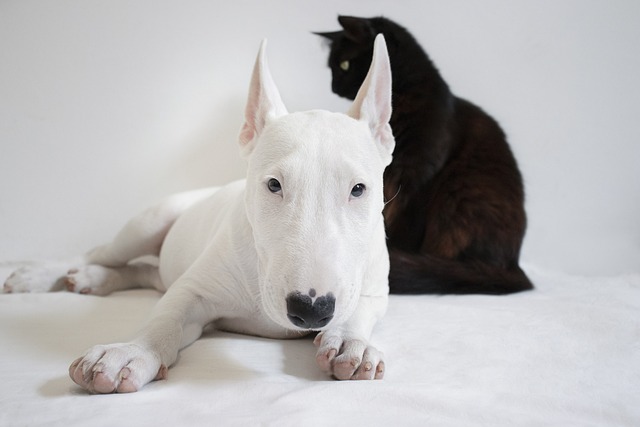
What is the most common dog allergy
I sat with my friend Lena at a coffee shop last week, where she was scrolling through allergy blogs—her 6-year-old son
When you put your dog on a newly purchased large-sized dog bed, it first curiously sniffed in circles, then stretched its limbs and lay down, with its head resting comfortably on the soft edge of the bed - at this moment, you couldn't help but take out your phone and record its satisfied appearance. Do dogs really have a preference for bed size? This seemingly trivial question hides their instinctive pursuit of comfort and safety. We always hope that Mao children can enjoy comfort in their own little nest, so we can't help but wonder: is a spacious large-sized bed more suitable for them, or is a small mattress more secure for them? With a heart full of love for dogs, let's explore their true needs for a "bed" from the perspectives of behavior and physiology.
From the perspective of animal behavior, dogs' preference for bed size is essentially an instinctive choice for a sense of territory and security. When wild canids rest in caves, they choose spaces of moderate size based on their population size, ensuring freedom of movement and being able to resist natural enemies through narrow openings. This evolutionary imprint makes domestic dogs exceptionally sensitive to the size of their resting space - a bed that is too large may give them a lack of "wrapped" security, while a bed that is too small can limit their body's stretching and trigger suppressed emotions. A study shows that 62% of dogs prioritize a space that is "observable and covered" when choosing a resting area, which explains why some dogs prefer both the spaciousness of large-sized beds and actively curl up in the corners of the bed.
The body size of a dog is a core factor affecting bed size preference. Small dogs such as Chihuahuas, teddy bears, etc. typically weigh less than 5 kilograms as adults, and their ideal resting space needs to meet the requirement of having a 20% surplus space even after their body is fully extended. A small dog bed measuring 60 x 40 cm is spacious enough for Teddy, but a bed that is too large (such as 120 x 80 cm) can make them feel insecure due to the empty space. A homeowner once purchased a large dog bed for their 3-kilogram Pomeranian, only to find that the dog always huddled in one corner of the bed, even preferring to lie on the carpet next to the bed - this is precisely the instinctive resistance of small dogs to excessive space. Medium to large-sized dogs such as Golden Retrievers and German Shepherd can reach a body length of 60-80 centimeters in adulthood, and they require a bed of at least 100 x 70 centimeters to fully stretch their bodies. A bed that is too small can cause long-term joint curling and increase the risk of arthritis. A veterinarian shared that among the Labrador Retrievers he treated with hip dysplasia, 43% of the owners had used small-sized beds for their dogs for a long time.
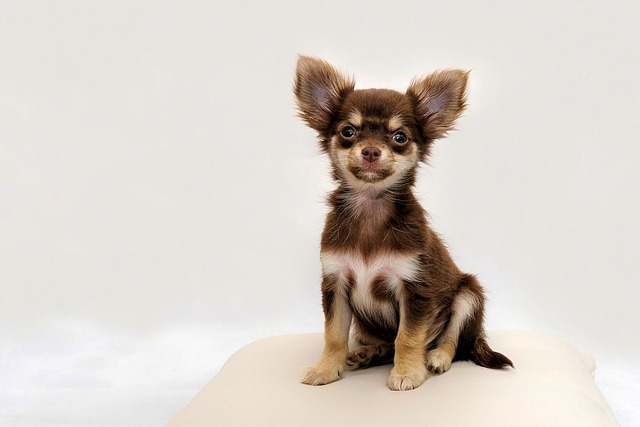
Dogs' sleep habits and personality traits can also affect their preference for bed size. Dogs who like to lie on their side and stretch their bodies while sleeping (such as bulldogs) have higher requirements for the length and width of the bed. A large-sized bed can allow them to fully relax their muscles; Dogs that are accustomed to sleeping curled up into balls (such as Akita dogs) have lower horizontal space requirements, but still need sufficient height to support their heads. Dogs with sensitive personalities may prefer "semi enclosed" large-sized beds, such as those with fences or domes, which can ensure a wide field of view and provide a sense of security through the fence; And lively and outgoing dogs may prefer a fully open large-sized bed, which is convenient for getting up and moving around at any time. A behaviorist observed that a border collie suffering from separation anxiety had 67% fewer barking times at night after using a large bed with a fence, because the fence simulated the wrapping feeling of a "cave" and alleviated his anxiety.
The material and filling of the bed have an indirect impact on size preference. If a large-sized bed is made of soft materials such as memory foam, even if the space is spacious, the dog will still feel wrapped in the bed due to being trapped in it, thereby reducing the rejection of "too much space". On the contrary, for large-sized beds made of hardwood, even if the size meets the body size requirements, dogs may choose smaller cushions due to a lack of cushioning. A homeowner customized a solid wood dog bed measuring 120 × 80 centimeters for their German Shepherd. Initially, the dog refused to use it until a 30 centimeter thick down cushion was placed on the bed surface, indicating that the comfort of the material can have a greater impact on the dog's choice than just the size.
Dogs of different age groups have varying demands for bed size. Within 3-6 months after weaning, puppies prefer to sleep together with their littermates. Providing a large-sized bed at this time may make them resist due to loneliness. It is recommended to choose a medium-sized bed that can accommodate 2-3 puppies, or place a towel with the scent of a mother dog beside the bed. Adult dogs need to choose a bed of appropriate size based on their final body size to avoid adaptation difficulties caused by frequent changes. Due to joint degeneration, elderly dogs pay more attention to the size requirements of the bed, which are "easy to move up and down". If the edges of a large-sized bed are too high, it may cause them to give up using it due to pain. It is recommended to choose a low rise large-sized bed and place steps next to it for assistance. A owner prepared a 120 × 90cm memory cotton bed with a slope for a 12-year-old Golden Retriever. After using it, the dog's difficulty standing improved significantly, which reflects the importance of combining size and functionality for elderly dogs.
The ambient temperature can also subtly affect dogs' preference for bed size. During the cold winter, dogs tend to choose slightly smaller beds to reduce heat loss by curling up their bodies; In hot summer, people tend to prefer large-sized beds for easy limb extension and heat dissipation. A photographer recorded the sleeping positions of their own Huskies in different seasons: in winter, they squeeze into a 80 × 60 centimeter velvet bed, while in summer, they lie horizontally on a 150 × 100 centimeter bamboo mat bed - this temperature dependent choice demonstrates the dog's instinctive adaptation to the environment.
To determine whether a dog likes a large-sized bed, it is necessary to observe its body language and behavior patterns. If a dog shows the following behaviors on a large-sized bed, it indicates that it feels comfortable: the body is fully extended and the limbs are naturally spread out; Relax your head against the edge of the bed or cushion; Actively play around the bed after waking up, rather than leaving immediately; Breathe evenly during nighttime sleep and do not frequently adjust posture. On the contrary, if there are behaviors such as curling up at the corner of the bed, frequently jumping out of the bed, or scratching the bed surface, it may indicate dissatisfaction with the size. A dog trainer shared that he once used the "Bed Behavior Observation Method" to adjust a plan for a VIP who refused to use a large-sized bed: he divided a 60 × 40 centimeter area on the big bed and laid its familiar old cushion. After the dog gradually adapted, he gradually expanded the usage area and finally accepted the entire big bed.
Choosing a bed of appropriate size for a dog is a deep concern from the owner for their health and emotional needs. When you see the furry children peacefully sleeping in their exclusive little nest, with even a faint smile on their lips, you will understand that a bed of the right size is not only a place to rest, but also a "secret base" for them to feel safe and loved. From the naive cuddling of puppies to the peaceful rest of old age, the size of the bed carries the dog's entire life and witnesses the gentle heart of the owner in every careful selection. May every dog be able to dream sweet dreams about chasing butterflies on a bed of the right size, and all we can do is use our understanding and love to protect this small world for them.

I sat with my friend Lena at a coffee shop last week, where she was scrolling through allergy blogs—her 6-year-old son
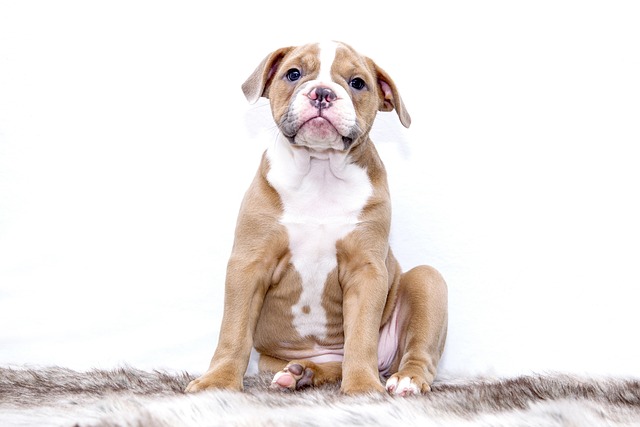
You’ve noticed it lately—your playful pup who used to sprint after squirrels now prefers a leisurely sniff around the yard, and that gray muzzle is becoming more pronounced.
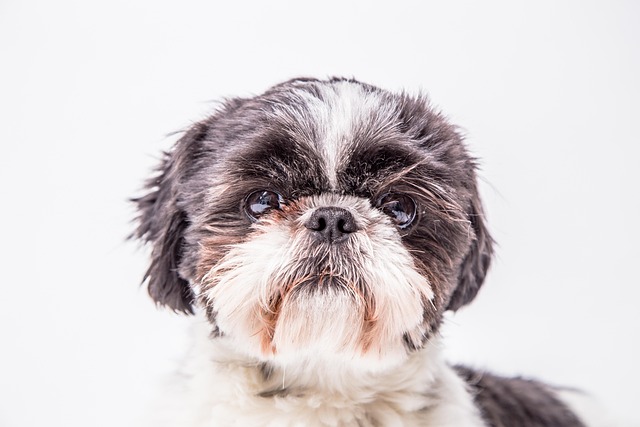
Many new dog owners dream of welcoming a big, cuddly companion but worry about keeping up with intense exercise needs.
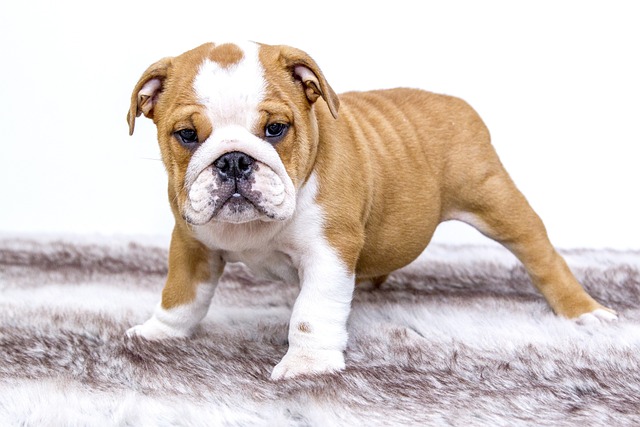
I sat with my neighbor Mrs. Henderson on her porch last night, as her 12-year-old Labrador, Molly, curled up at her feet. “I worry about her when we go to bed
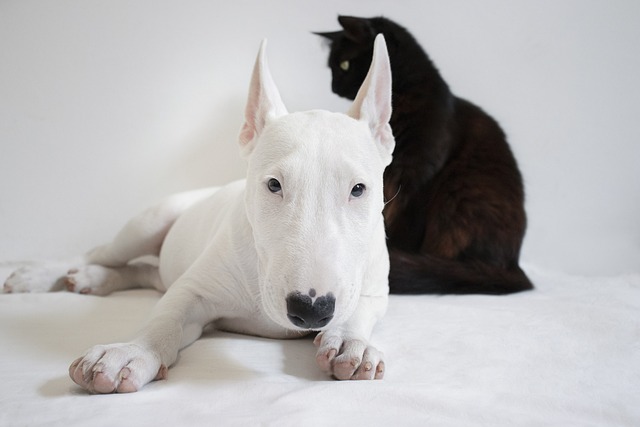
I spent a Saturday afternoon helping my cousin Maya prep for her new 8-week-old Golden Retriever puppy, Max—she had a cart full of cute sweaters and chew toys but forgot the basics
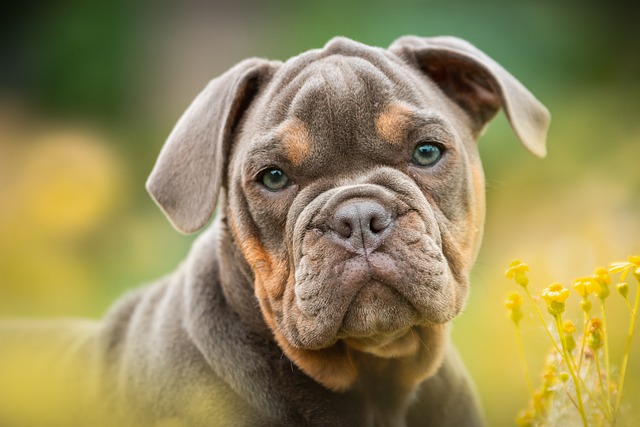
I sat with my friend Sarah in her living room last week, watching her 6-year-old Cocker Spaniel, Lila—who was diagnosed with early kidney disease